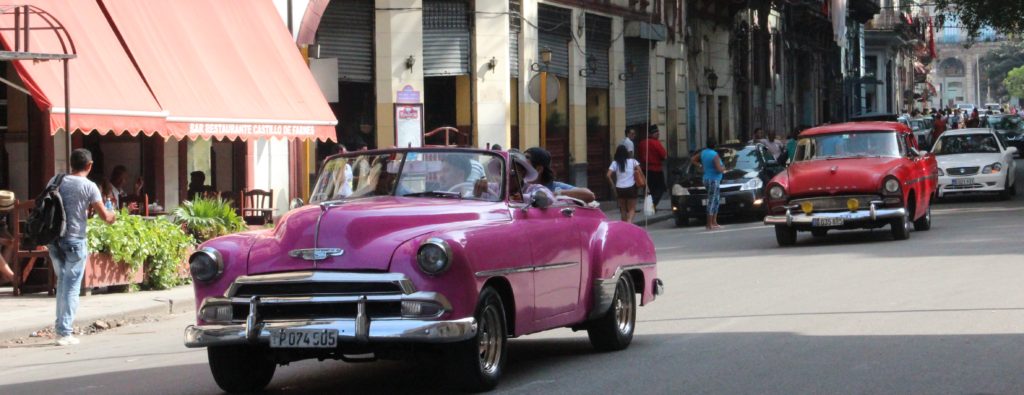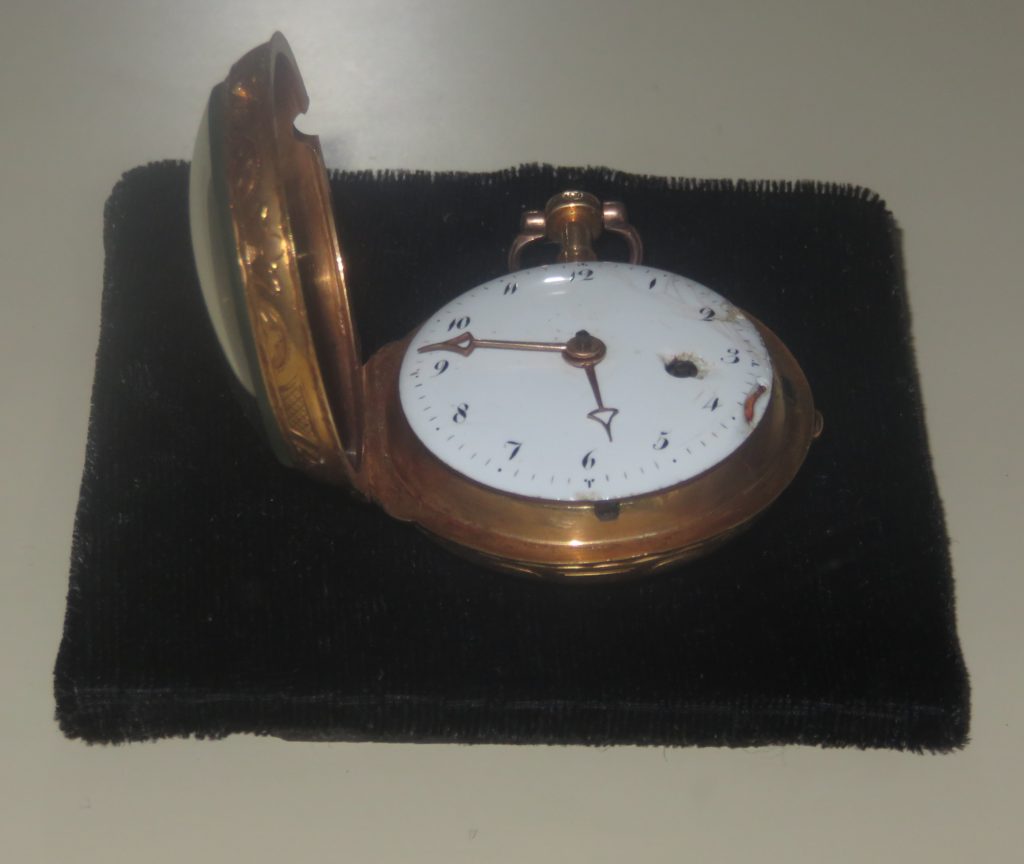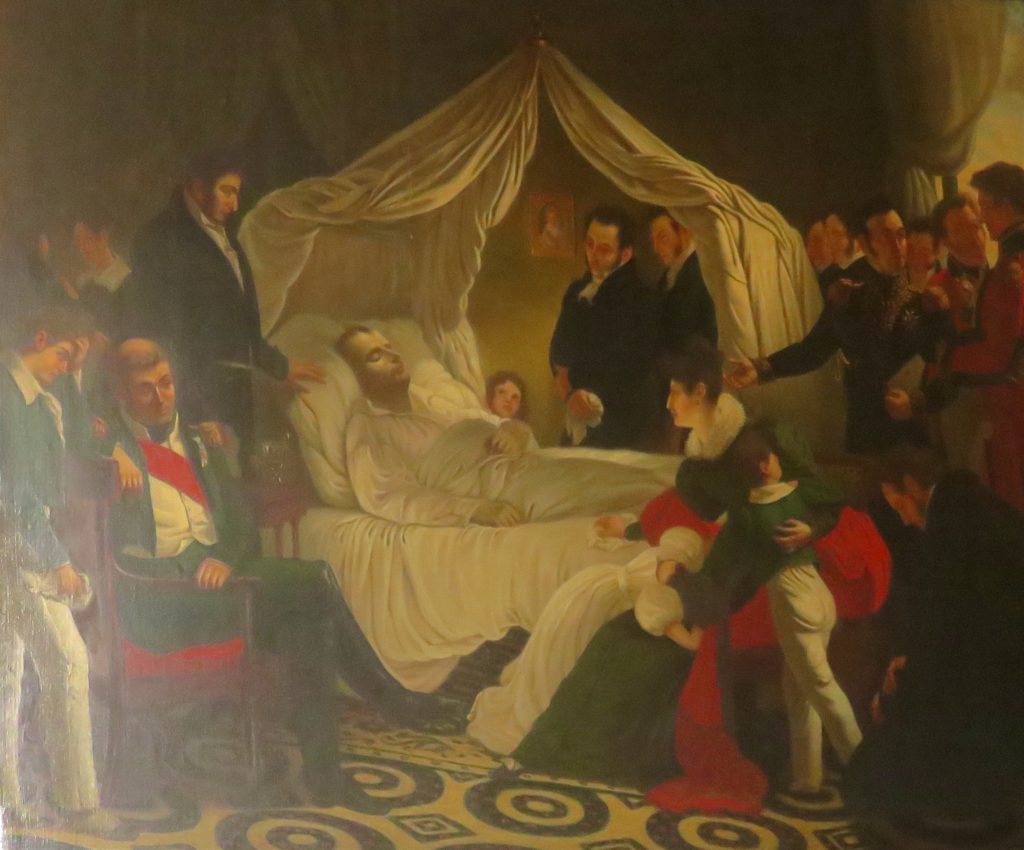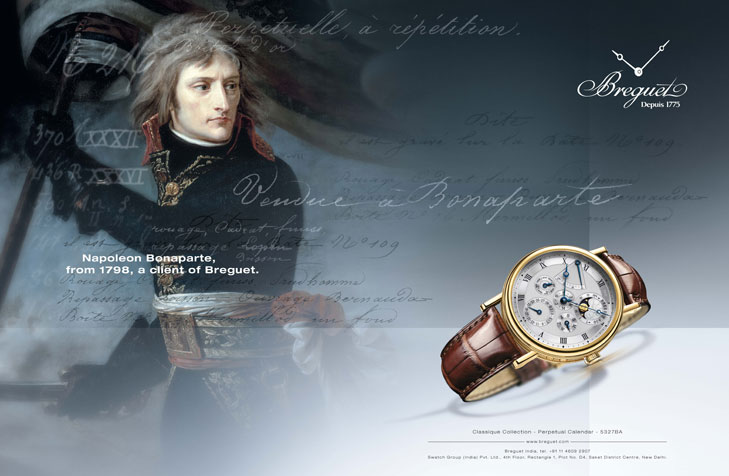
If you read my last blog post, you know I visited Havana’s Museo Napoleónico. Thanks to the Cuban sugar magnate, Julio Lobo, the museum houses the Western Hemisphere’s largest exhibition of Napoleon Bonaparte’s artifacts.
My favorite piece is Napoleon’s pocket watch from his exile on St Helena. But how did it end up in Cuba? Like so much about Napoleon, it’s complicated.

When Napoleon Bonaparte went into exile, the British provided him a Navy doctor. Dr. Barry Edward O’Meara was a cultured, genial Irishman who played chess and spoke fluent Italian, Napoleon’s native language. Before long, he and Napoleon became fast friends. In 1818, the British, suspecting O’Meara of treason, recalled him to London and dismissed him from the Navy.
The British offered Napoleon replacement physicians, but refused to guarantee patient-doctor privacy. Napoleon, saying he didn’t want his bowel movements discussed in the British parliament, declined their services.
So, in 1819, Napoleon’s mother sent the Corsican-born physician Francesco Antommarchi to St Helena. From the start, Antommarchi and Napoleon had a stormy relationship. On several occasions Napoleon dismissed the doctor, only to relent. By then, the Emperor was ill and Antommarchi was the only doctor on St Helena who would protect his privacy. When Napoleon died on May 5, 1821, Antommarchi performed the Emperor’s autopsy under the watchful eyes of British doctors. In this famous painting of Napoleon’s death scene, Antommarchi stands on the left with his hand on Napoleon’s pillow.
The Watch After Napoleon’s Death
 Napoleon’s official Will doesn’t mention Dr. Antommarchi. In that document, Napoleon bequeathes to his valet Marchand’s care “two watches, with Empress’s hair-made chains, and a chain made with my hair for the other watch.” Marchand was supposed to give them, along with other personal items, to Napoleon’s son.
Napoleon’s official Will doesn’t mention Dr. Antommarchi. In that document, Napoleon bequeathes to his valet Marchand’s care “two watches, with Empress’s hair-made chains, and a chain made with my hair for the other watch.” Marchand was supposed to give them, along with other personal items, to Napoleon’s son.
But when Marchand inventoried Napoleon’s possessions after the Emperor’s death, he listed only “one large silver watch (Frederick the Great’s alarm clock).” Did Napoleon before his death give Antommarchi the gold pocket watch? Or did Marchand take it upon himself to give it to the doctor? I don’t find any mention of either event in the various memoirs about Napoleon’s time on St Helena. Perhaps Antommarchi helped himself to it.
In an unfinished codicil to his Will, Napoleon did ask his wife “Marie Louise to take in her service Antommarchi and to pay him a pension of 6,000 francs, which I [Napoleon] bequeath to him.” But everyone, including Antommarchi, knew that Marie Louise would never follow Napoleon’s wishes. She’d already had three children with the man she would marry as soon as Napoleon died.
The Cuba Connection to Napoleon’s Watch
After Napoleon’s death, Antommarchi’s career took him to Poland, Louisiana, and Mexico. In 1837, he arrived in Cuba where some distant but wealthy relatives lived. Within a year, he died from yellow fever.
Fast-forward one hundred twenty-two years. In 1959, Antommarchi’s Cuban heirs—perhaps currying favor with Cuba’s new revolutionary government—presented Comandante Raúl Castro with Napoleon’s pocket watch as a wedding present. After his wife’s death in 2007, Raúl Castro donated the watch to the Museo Napoleónico.
The Museo Napoleónico’s pocket watch stops the time at a few minutes to six, the approximate hour of Napoleon’s death on St Helena. Boussot de Villeneuve, its manufacturer, no longer exists. But one other watchmaker, Breuguet, is proud enough to have had Napoleon as a client to use his image in its recent advertising.


Pingback: FINDING NAPOLEON IN CUBA Part 4 - Margaret Rodenberg